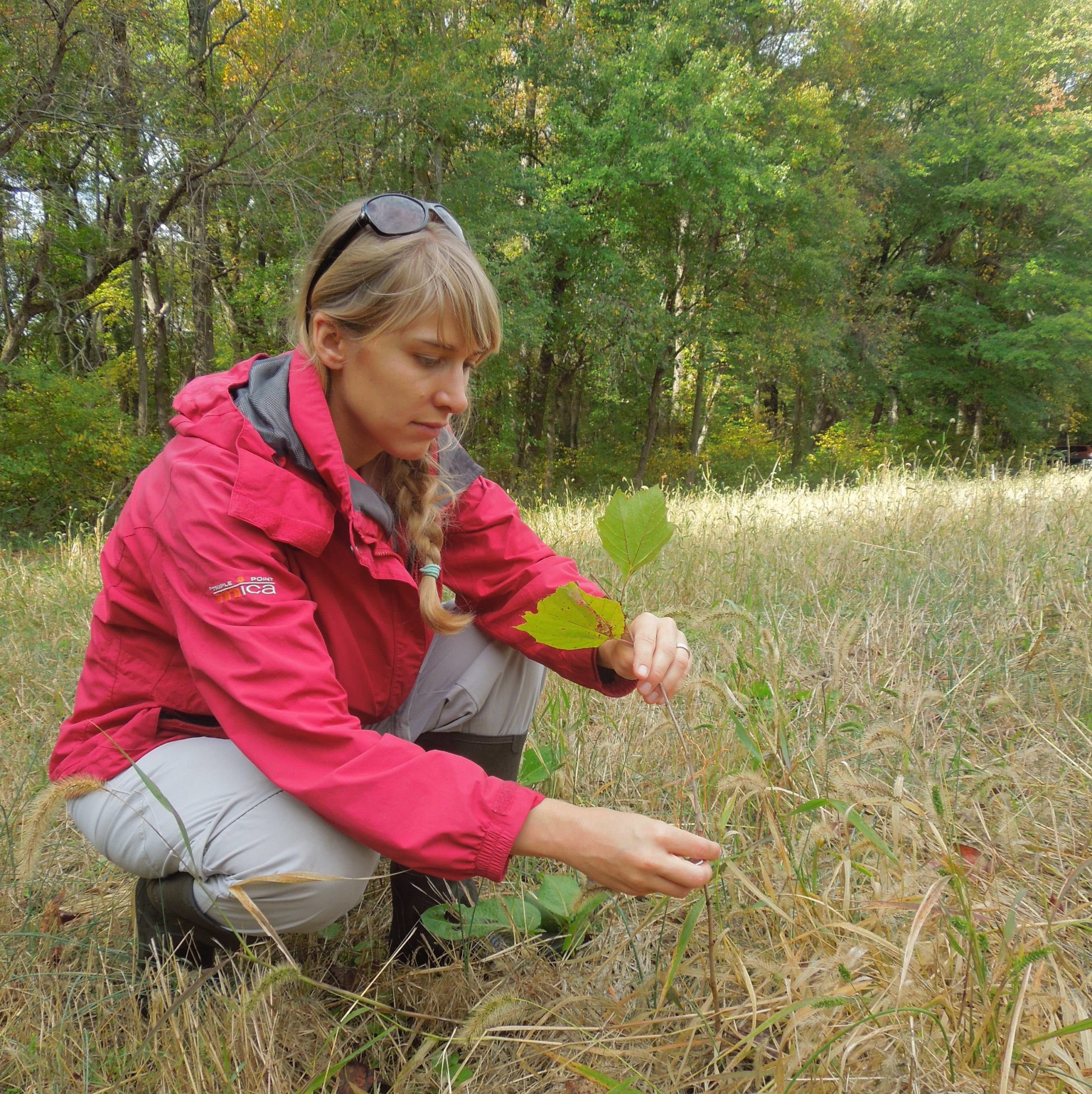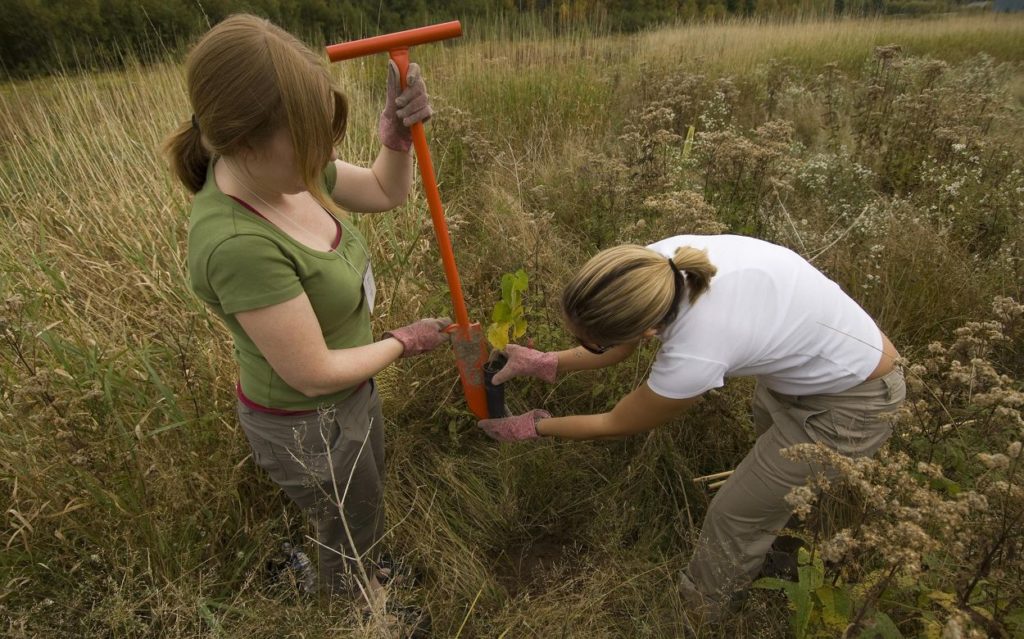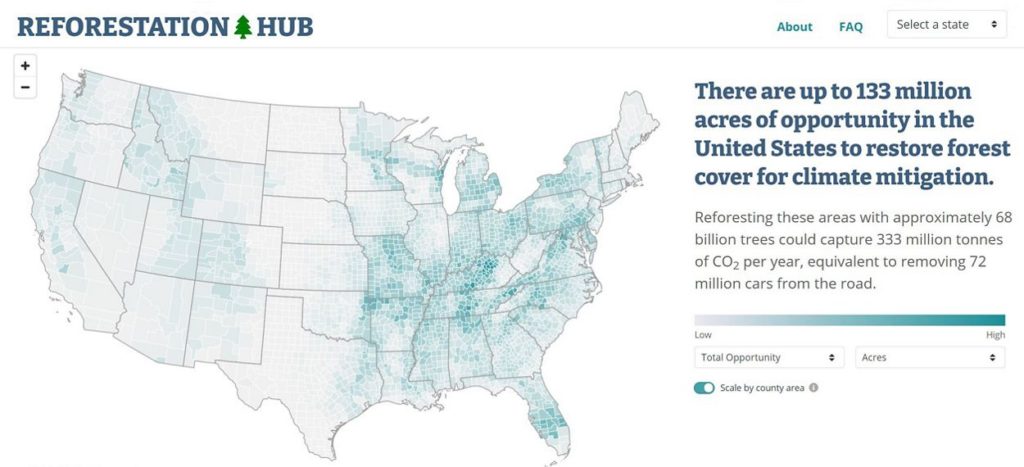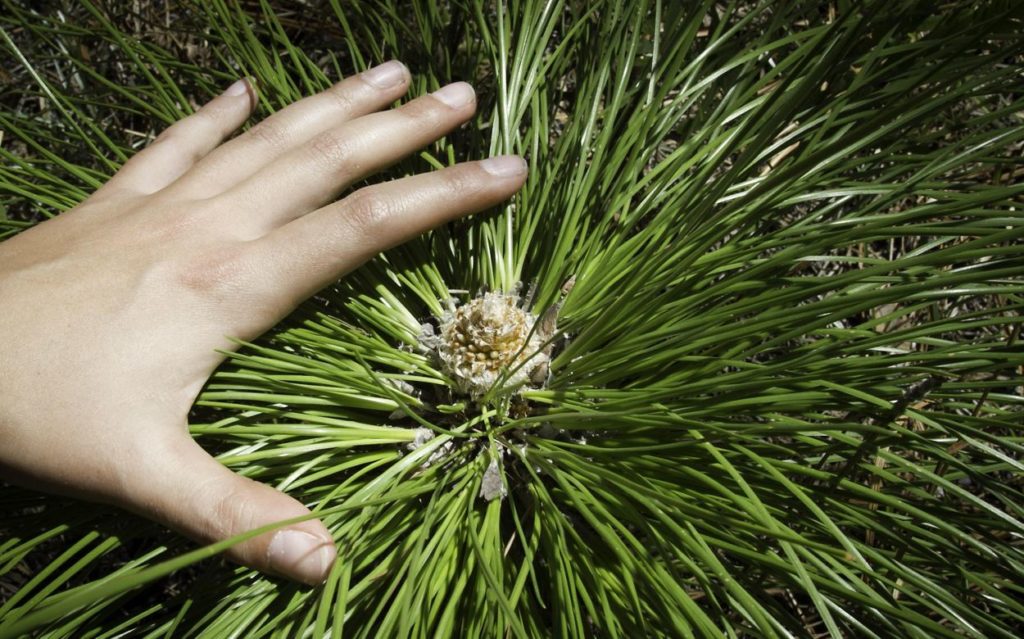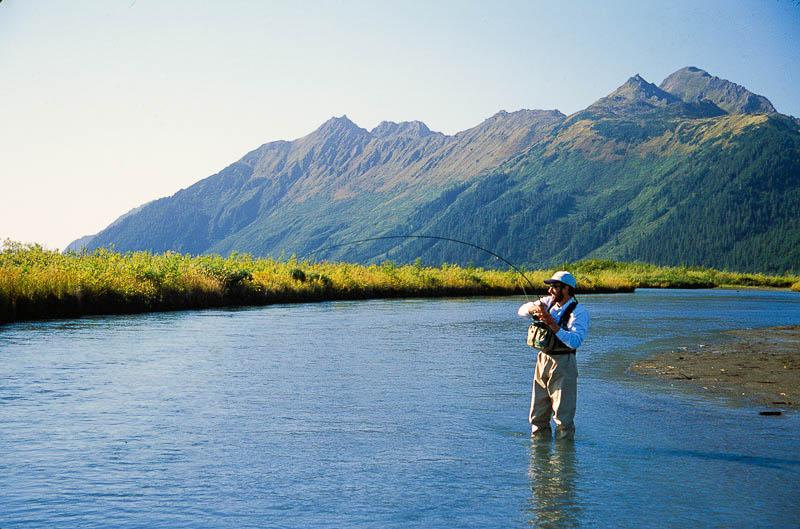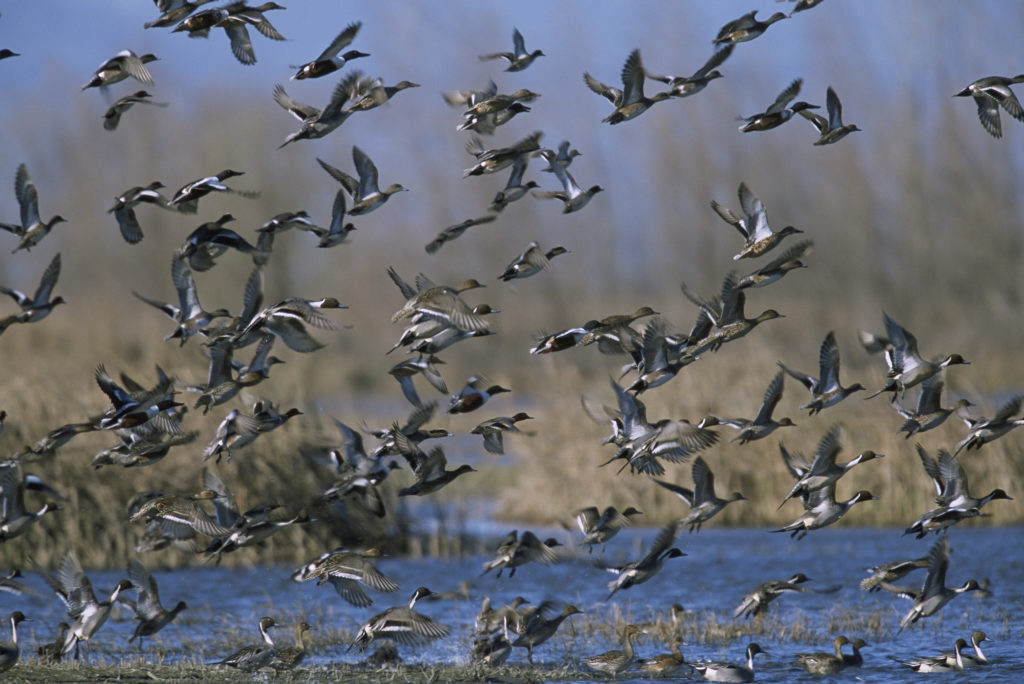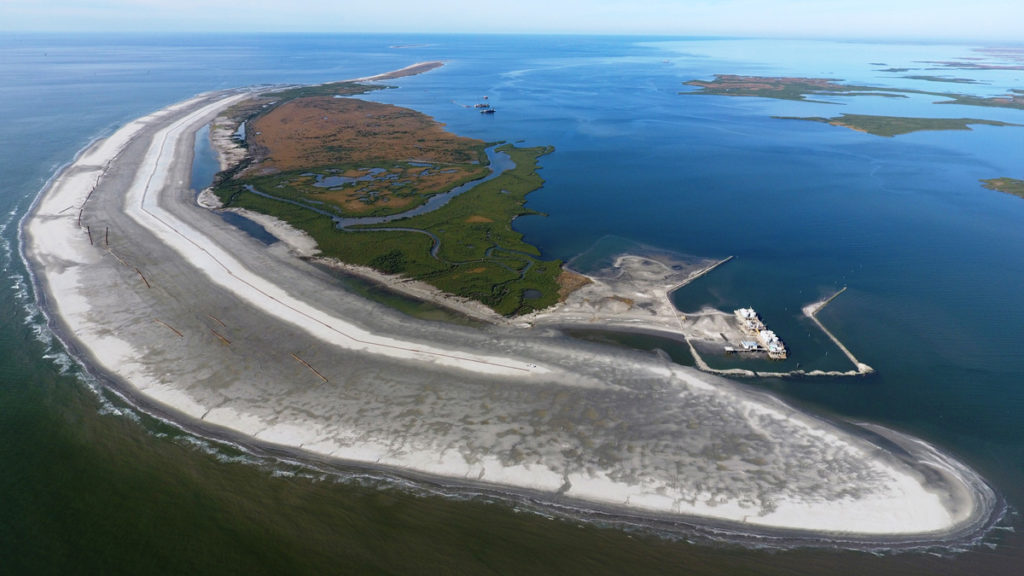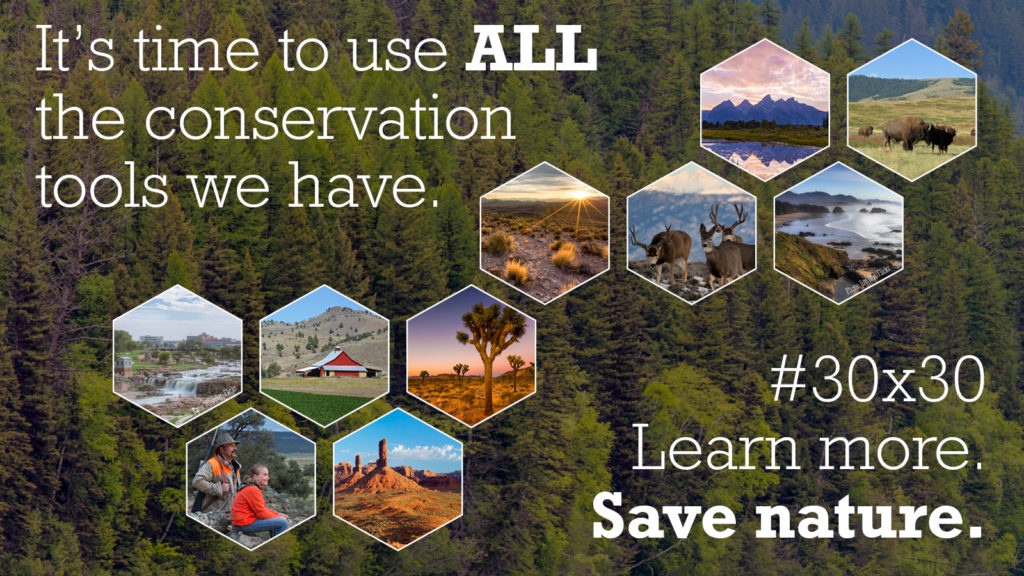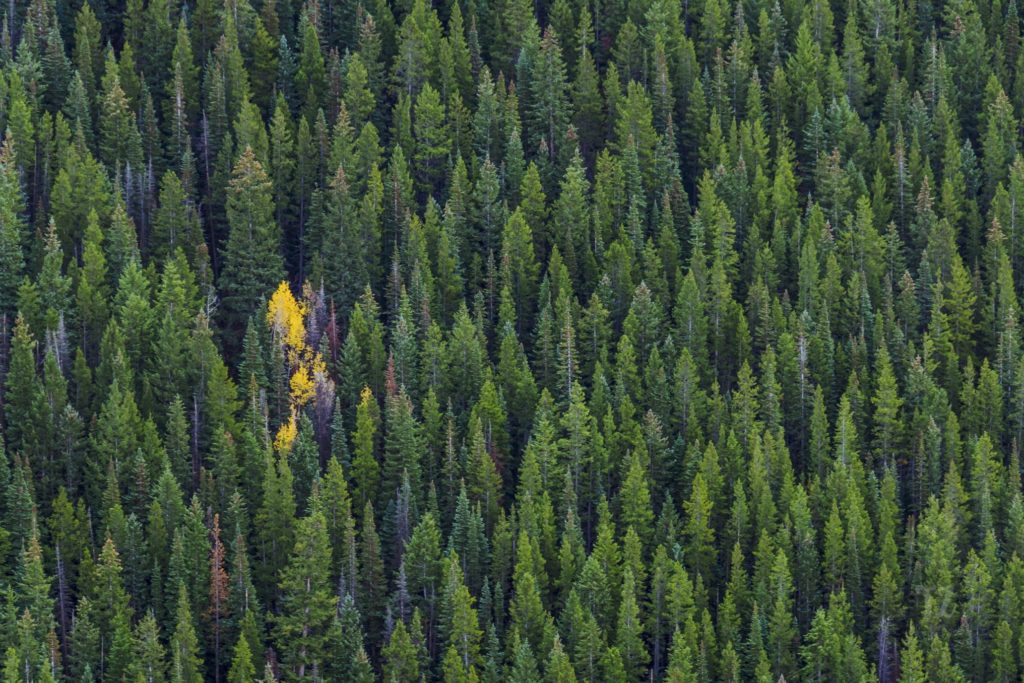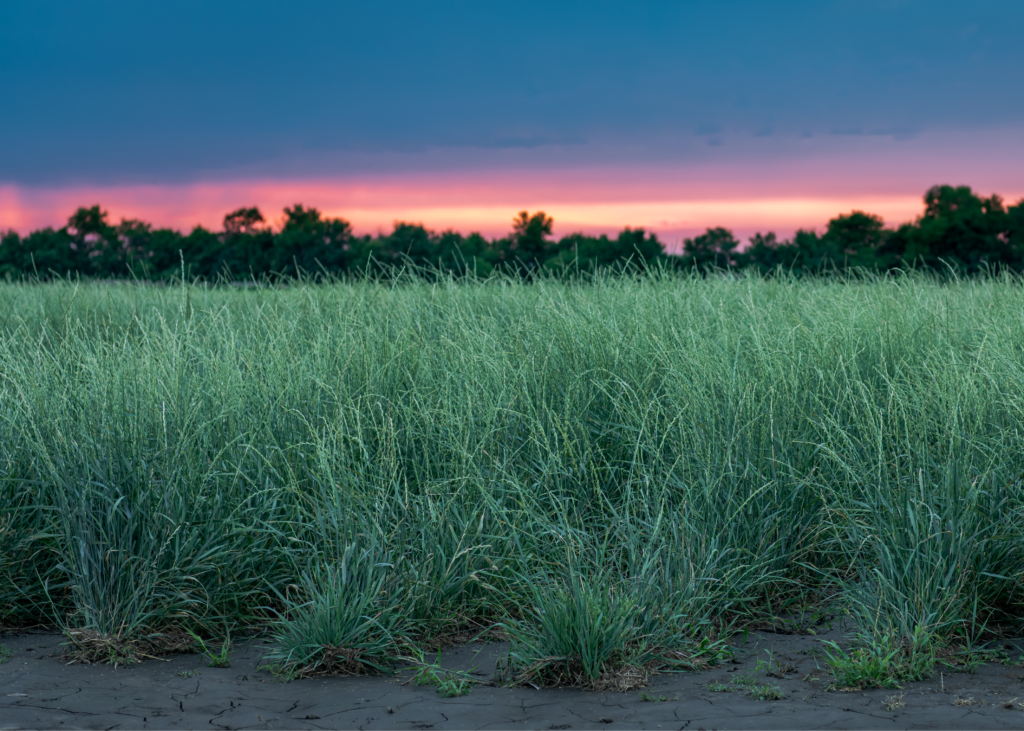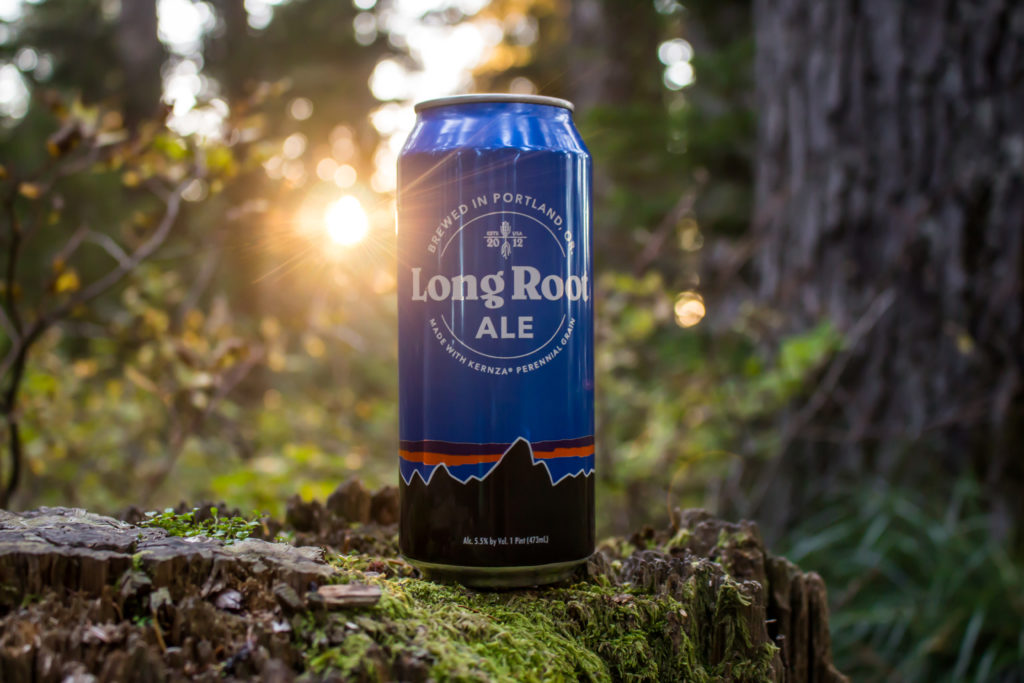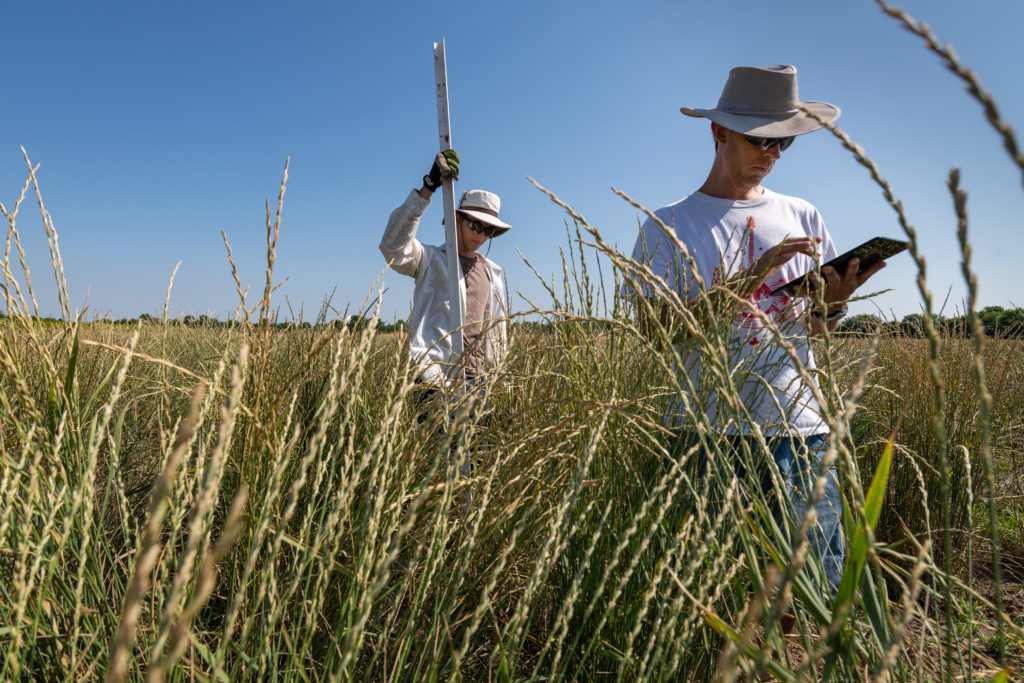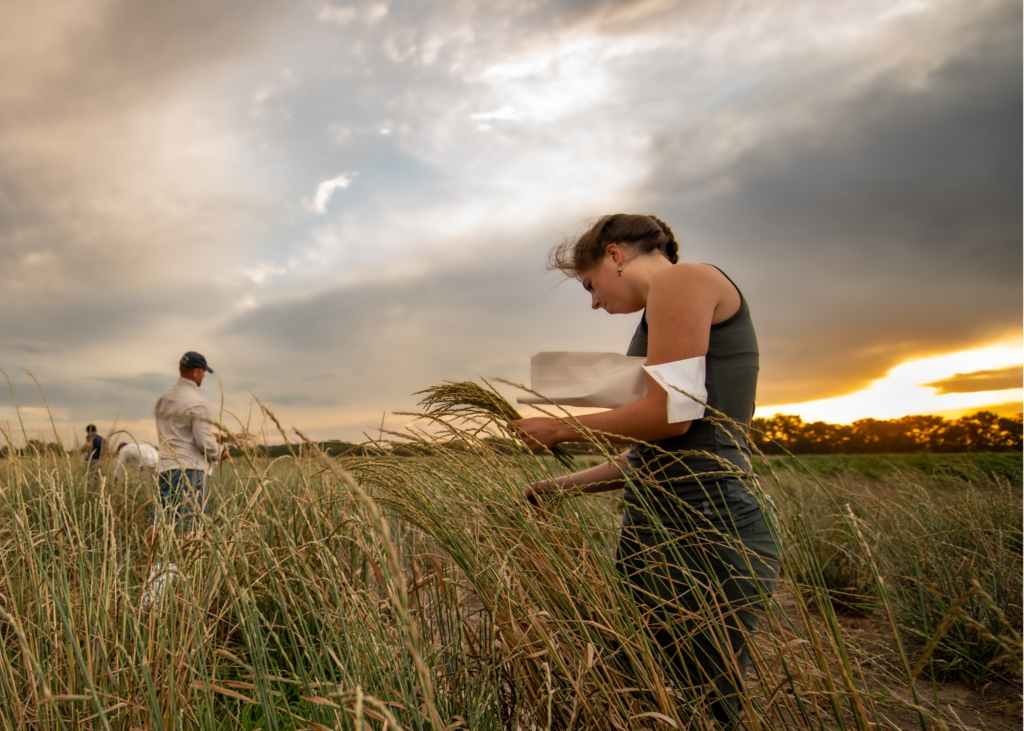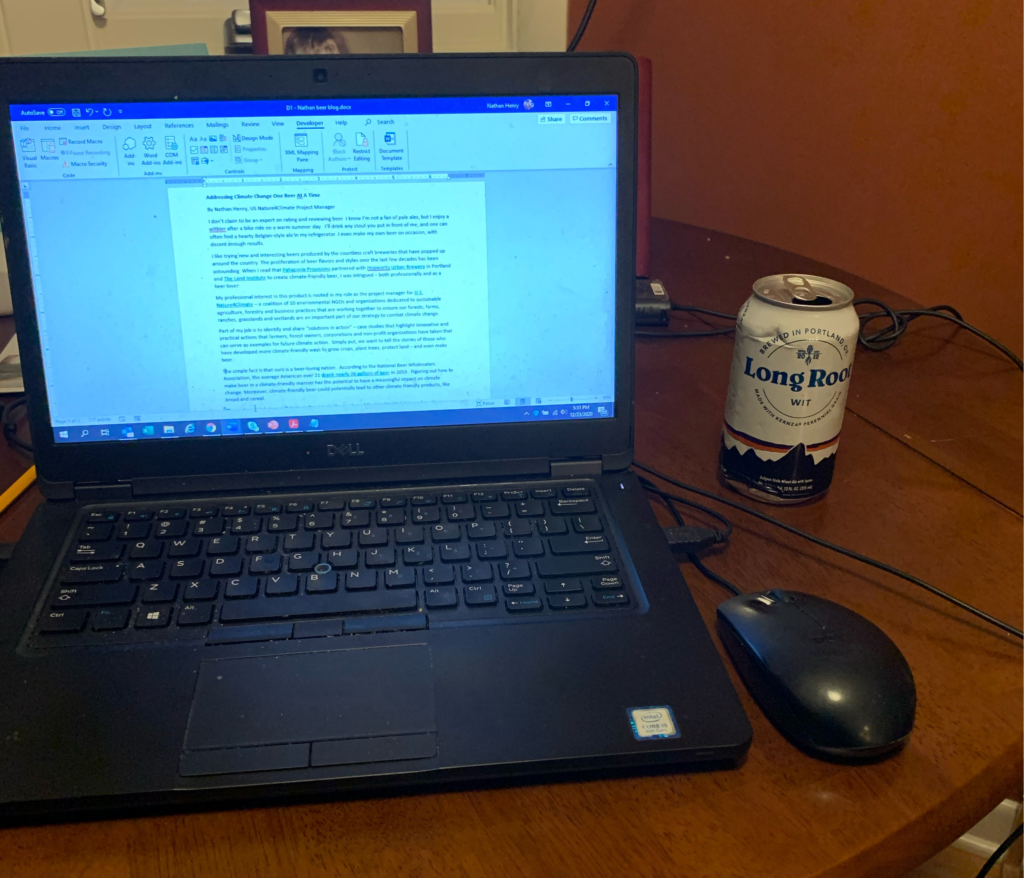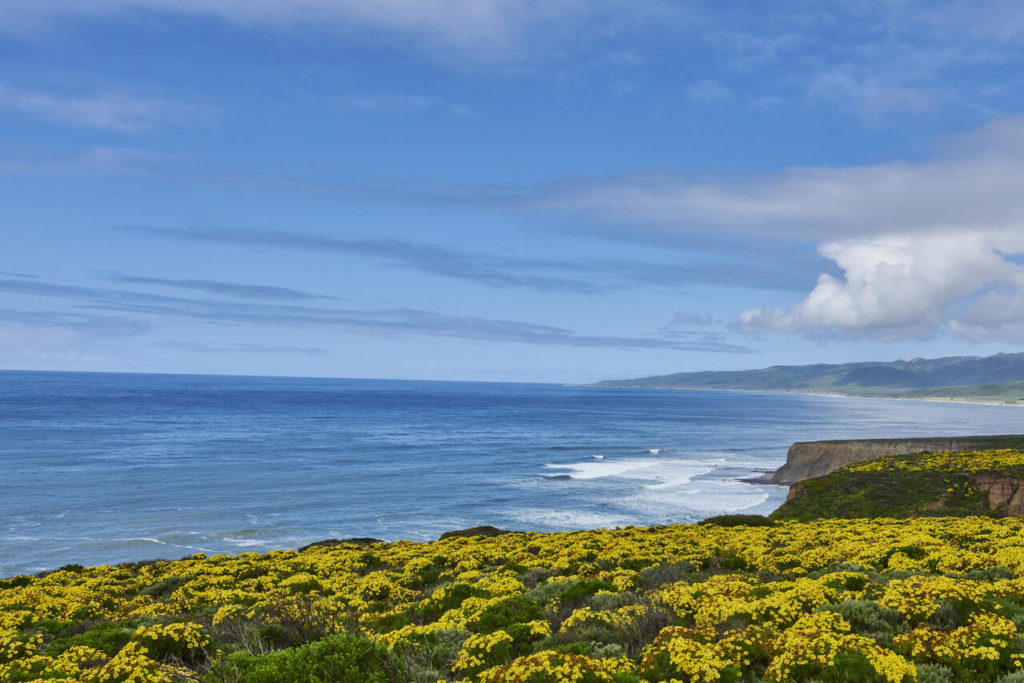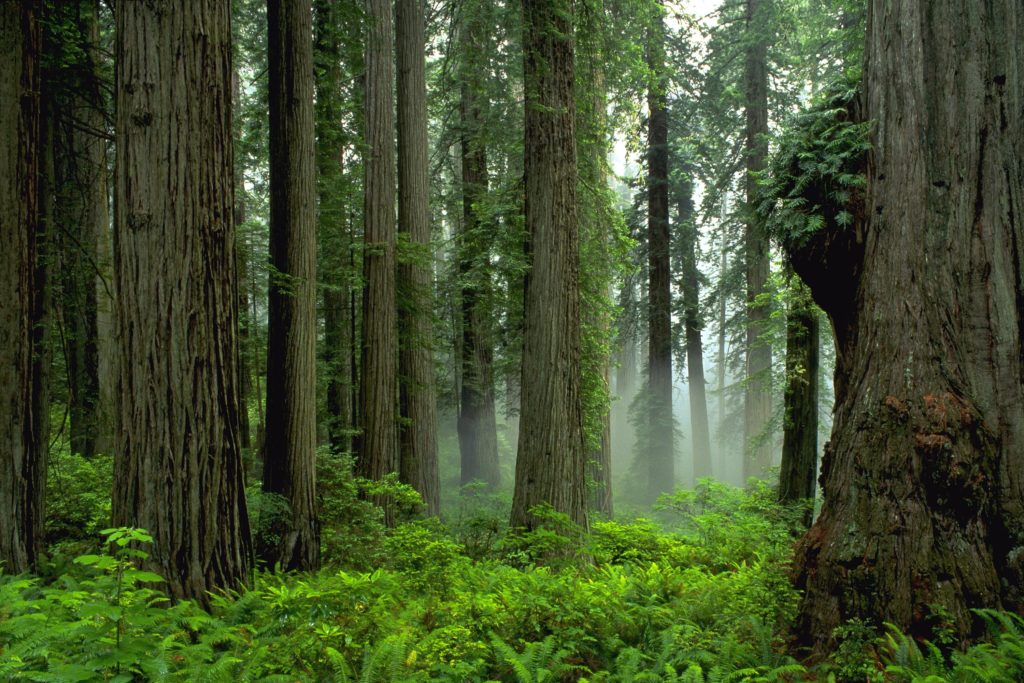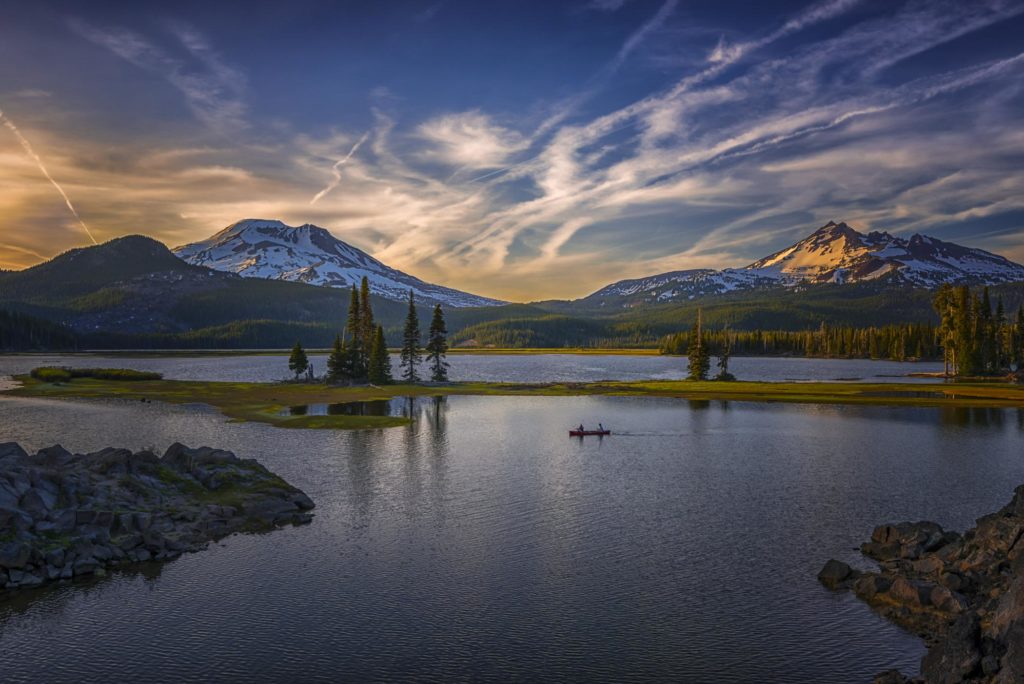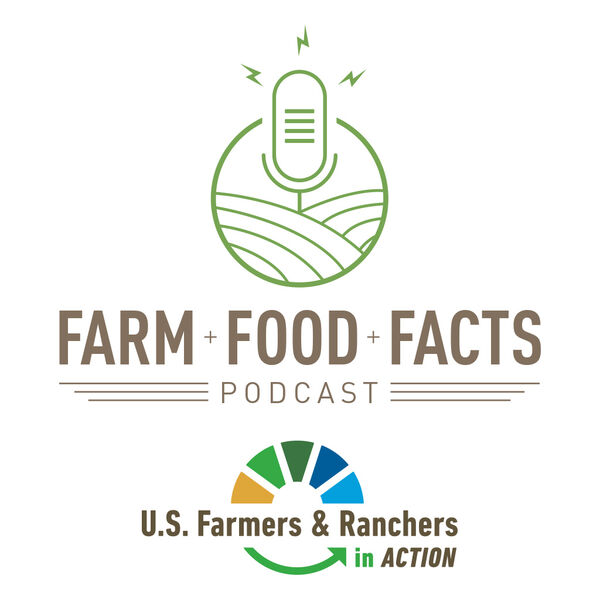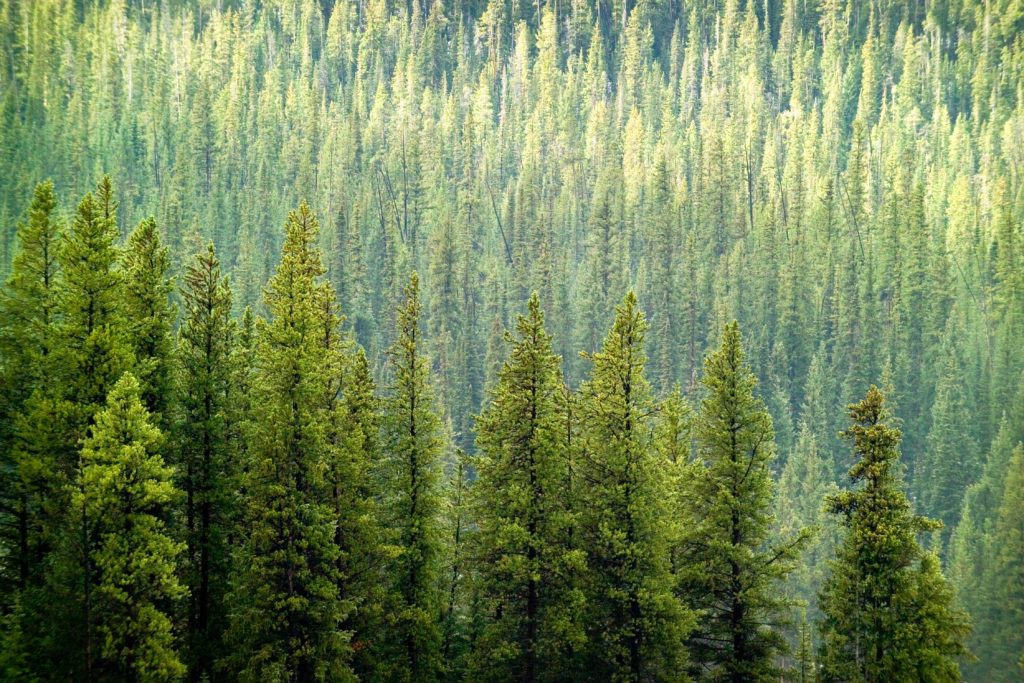
Did you know that America’s forests already capture and store almost fifteen percent of our nation’s carbon emissions each year? There are many actions we must take to protect and build this natural carbon sink. But there is one forest-climate solution that surpasses them all: reforestation.
To understand the importance of reforestation, take a flight with me over America’s forests.
As we take off from the Pacific Coast, you see the millions of acres of western forests that have been devastated by climate-fueled wildfires burning so hot and extensively that in some places no forest can regrow without our help.
In the heartland, we fly over vast bottomlands along the Mississippi River and Lower Rio Grande River that were once cleared for agriculture, but now have large areas ready to be replanted into forest because climate change has rendered them too wet or too dry to grow crops.
As we land on the East Coast, you will see vast swaths of poorly reclaimed mine lands in the Central Appalachians that once grew precious white oak and red spruce forests, and now await our help to be restored to their former glory.
All across America we have lands like these that need to be reforested. On average, each tree we add to the land will sequester 1240 pounds of carbon dioxide!
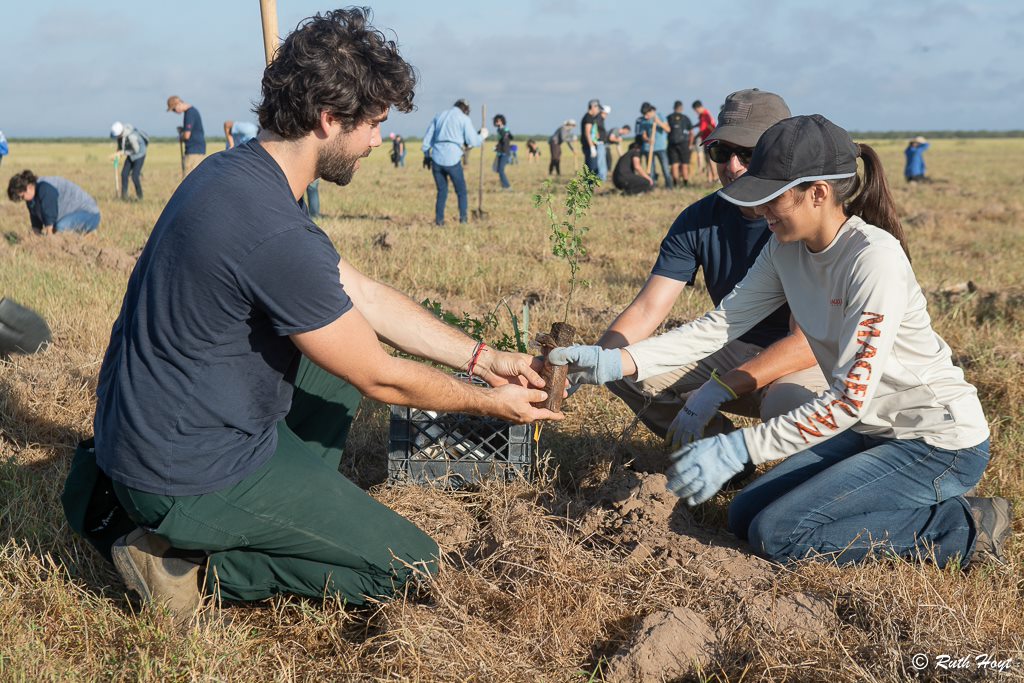
You on board? Here are three key steps to reforest America.
Reforest Public Lands. Many of the lands that are ready for reforestation are already yours and mine—public lands owned by federal, state and local government. According to the Reforestation Hub mapping tool developed by American Forests and The Nature Conservancy, there are already almost 20 million acres of public lands awaiting reforestation, if our governments will only spend the money to reforest them. This acreage in need will likely grow thanks to public lands to be acquired for the new federal “30×30” initiative to protect 30 percent of U.S. lands and waters by 2030. We can fully reforest our public lands by advocating for public policies like the REPLANT Act and the Climate Stewardship Act that would provide permanent, dedicated funding for this purpose.
Put Some Carbon in the Bank. More than half of America’s forests are in private hands, with the largest portion controlled by family landowners who own smaller properties. So how do we put all of these lands to work for climate? The Biden-Harris Administration has an emerging initiative to establish a Carbon Bank within the U.S. Department of Agriculture that would purchase carbon emissions reductions from private landowners. This Carbon Bank could offer much needed flexibility to get diverse forest-climate practices implemented on the ground while minimizing complex and expensive paperwork for landowners. This novel new approach will need strong public support to come to fruition.
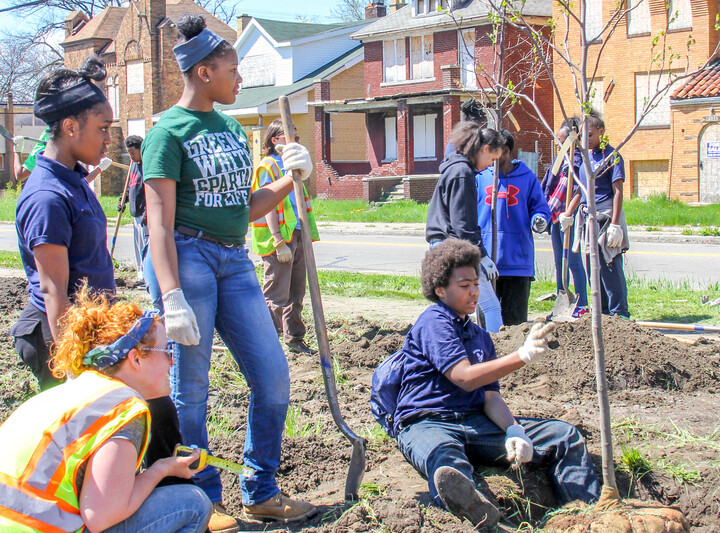
Private Sector Pitches In: The private sector, from companies to non-profits, has quietly become a force in funding reforestation on public and private lands alike. Want proof? In August of 2020, the new U.S. Chapter of 1t.org was launched to bring together all of the diverse leaders in this movement, from governments to Girl Scouts, with the shared goal to help conserve, restore, and grow a trillion trees by 2030. In less than a year, we already have secured more than 40 pledges totaling over one billion trees, plus billions of dollars in supporting actions such as carbon finance, technology, and workforce development. This powerful new platform is actively recruiting new partners to step up and make a pledge, and rapidly building out a community of practice so the partners can learn from each other, innovate together, and partner in new ways. We need to keep pulling all hands on deck, and there is a place for you!
Taking these three steps to accelerate reforestation is not purely about environmental benefits. Research has shown each $1 million invested in forest restoration supports as many as 39.7 direct, indirect and induced jobs. The Biden-Harris Administration’s announcement of a new Civilian Climate Corps will help make sure we engage, train and employ the people who need these job opportunities most in the ongoing economic recovery from Covid-19.
Perhaps most importantly, taking these steps together to reforest America can also help address our profound and urgent need to reunite as a country. That is why American Forests has joined the U.S. Nature4Climate coalition, which is bringing together forest owners, farmers, businesses and environmental organizations – because we are stronger when we work together to solve our problems. Our forests have always been common ground, and the vision to build back better together can take root in this fertile soil. Let’s ramp up reforestation as “One Nation Under Trees”.
Jad Daley is the President & CEO of American Forests.

